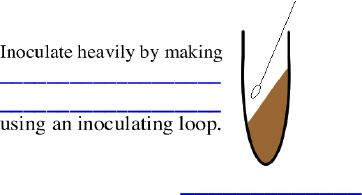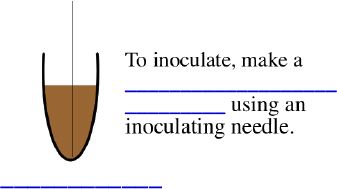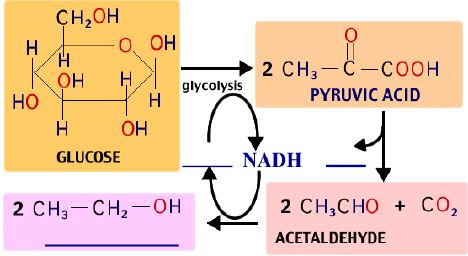LECTURE #18: IDENTIFICATION OF UNKNOWNS I
I. Maintaining culture purity (reserve and working stocks)
A. After isolating a pure culture it is important to _____________________
______________. The chances of maintaining a pure culture are
___________________________________________________________;
the more transfers, the greater the likelihood of contamination.
B. To both provide a source of the organism and to maintain purity,
two different stocks are inoculated using a single isolated colony (pure culture).
1. __________________________
= used as a __________________ ___________________
for future work.

2. ___________________________
= serves as a ________________
in case the working stock is contaminated.

Growth in a reserve stock is restricted and thus the culture
does not _____________________________________________________
______________________________________________________.
II. Today’s procedure
*Using _______________________________________
A. record _________________________________________.
B. inoculate an agar slant as a ____________________________________.
C. perform a __________________________________.
D. inoculate a nutrient agar stab tube as a __________________________
__________________.
III. Preparation of Wine
A. Wine is made from a _________________
= juice of anything that can be fermented including ______________________________________or
even flowers.
B. Fermentation
1. An _________________________________________________
that uses an organic molecule as the final ___________________________________
in order to _____________________________________ ______________________(NAD+).
This allows glycolysis to continue and _________ to be produced!
2. In wine fermentation, Saccharomyces cerevisae var. ellipsoides
(wine yeast) enzymatically ________________________________
_____________________________ (glucose and fructose) to acetaldehyde
and then to __________________________.

C. The concentration of alcohol in wine is a function of the
_____________ ____________________
in the must and the ________________________
________________________. That is, the yeast produce alcohol
until they can’t handle any more (generally 12 – 14%).
D. Factors affecting the taste of wine
1. The ____________________
of fruit
2. The inclusion of ____________________________ (white vs. red
wine)
3. The fermentation _________________.
4 . The _________________________________
in the must
5 . The _________________
of yeast
E. The procedure
1. Add a _______________________________________________
to sterilized or pasteurized juice.
During the early growth phase, yeast grow _____________________.
2. Later, as the O2 is used up, anaerobic conditions result
and ___ _____________________________.
3. The amount of ethanol produced can be measured by comparing _________________________________
readings.
|